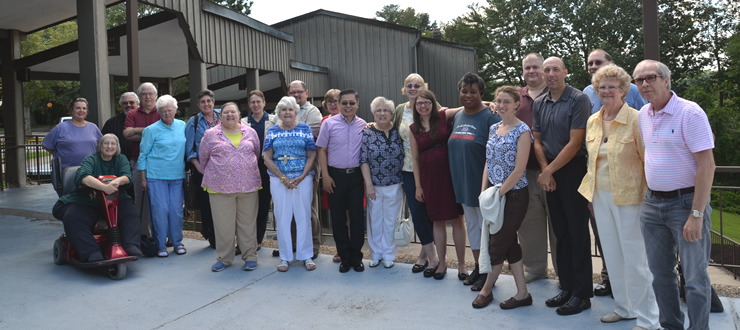
DLPS Faculty Publications
Abstract
The naturalist Alfred Russel Wallace (1823–1913) has for many years been standing in the shadow of his more famed co-discoverer of the principle of natural selection, Charles Darwin. Despite outward similarities between the two men’s formulation of the principle, Wallace had fit his appreciation of natural selection into views on evolution that were quite different from Darwin’s. A closer examination of what Wallace had in mind suggests a model of process in which natural selection per se acts as the negative feedback mechanism (actually, a ‘statespace’) in the relation between population and environment, and environmental engagement as made possible by the resulting selection of traits acts as the positive feedback part of the cycle. Thus, it may be better to contextualize adaptive structures as entropy-relaying biogeochemical facilitators that only ‘generate a potential for evolution’ than to portray them as the end results of evolution. This systems point of view better lends itself to appreciations of the biogeographical context of evolution than does the tree-thinking of a more conventional style of speciation-focused Darwinism, which sometimes confuses process with result.
Disciplines
Ecology and Evolutionary Biology | Evolution
Recommended Repository Citation
Smith, Charles H.. (2005). Alfred Russel Wallace: Past and Future [Guest Editorial]. Journal of Biogeography, 32, 1509-1515.
Original Publication URL: doi:10.1111/j.1365-2699.2005.01305.x
Available at:
https://digitalcommons.wku.edu/dlps_fac_pub/48

Comments
ª 2005 Blackwell Publishing Ltd